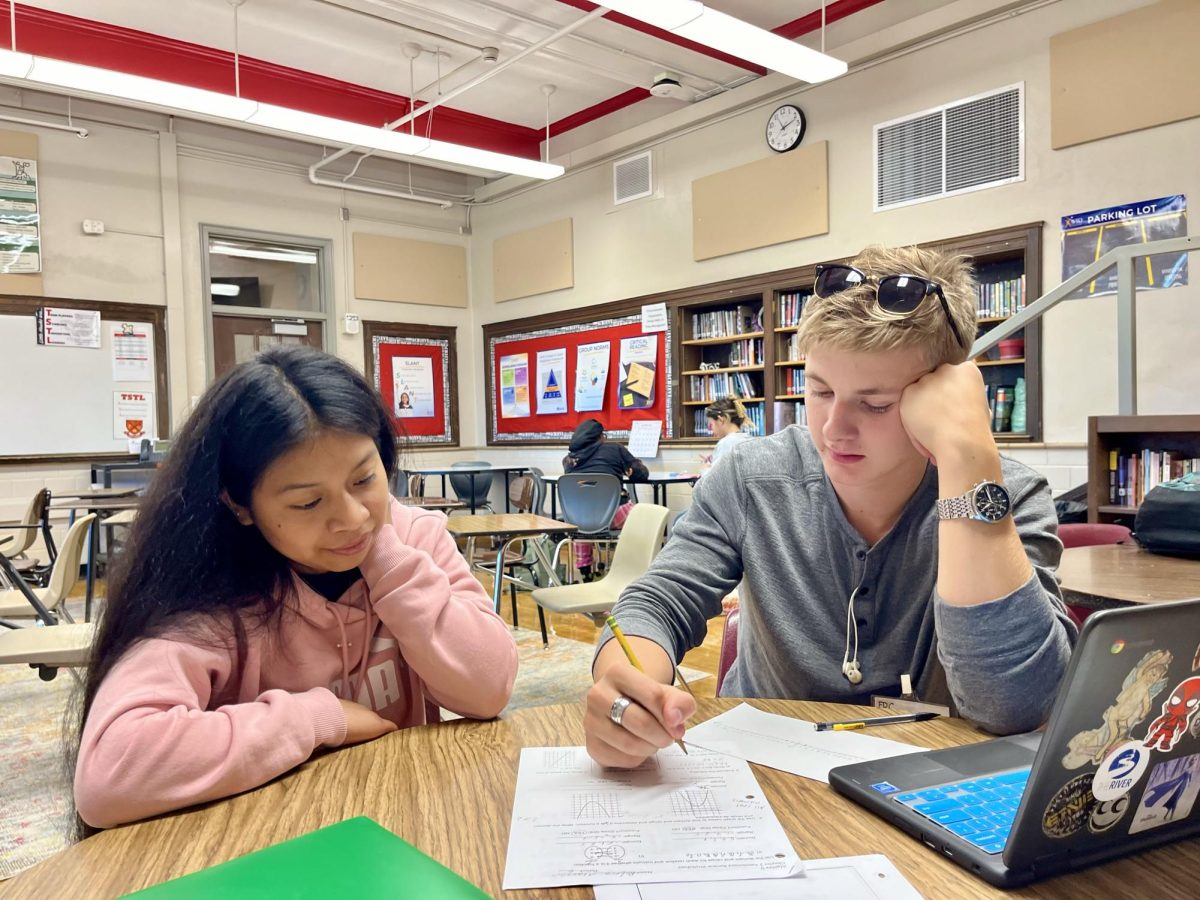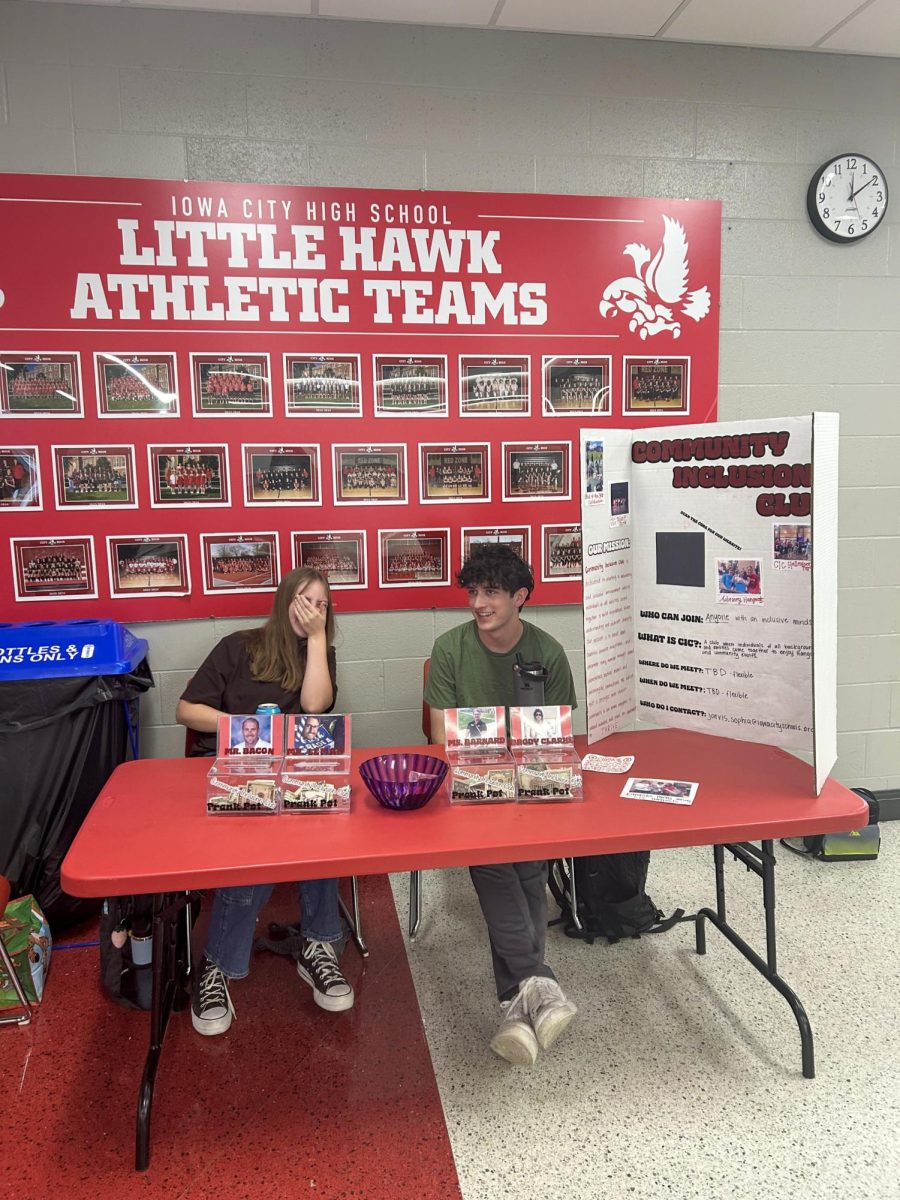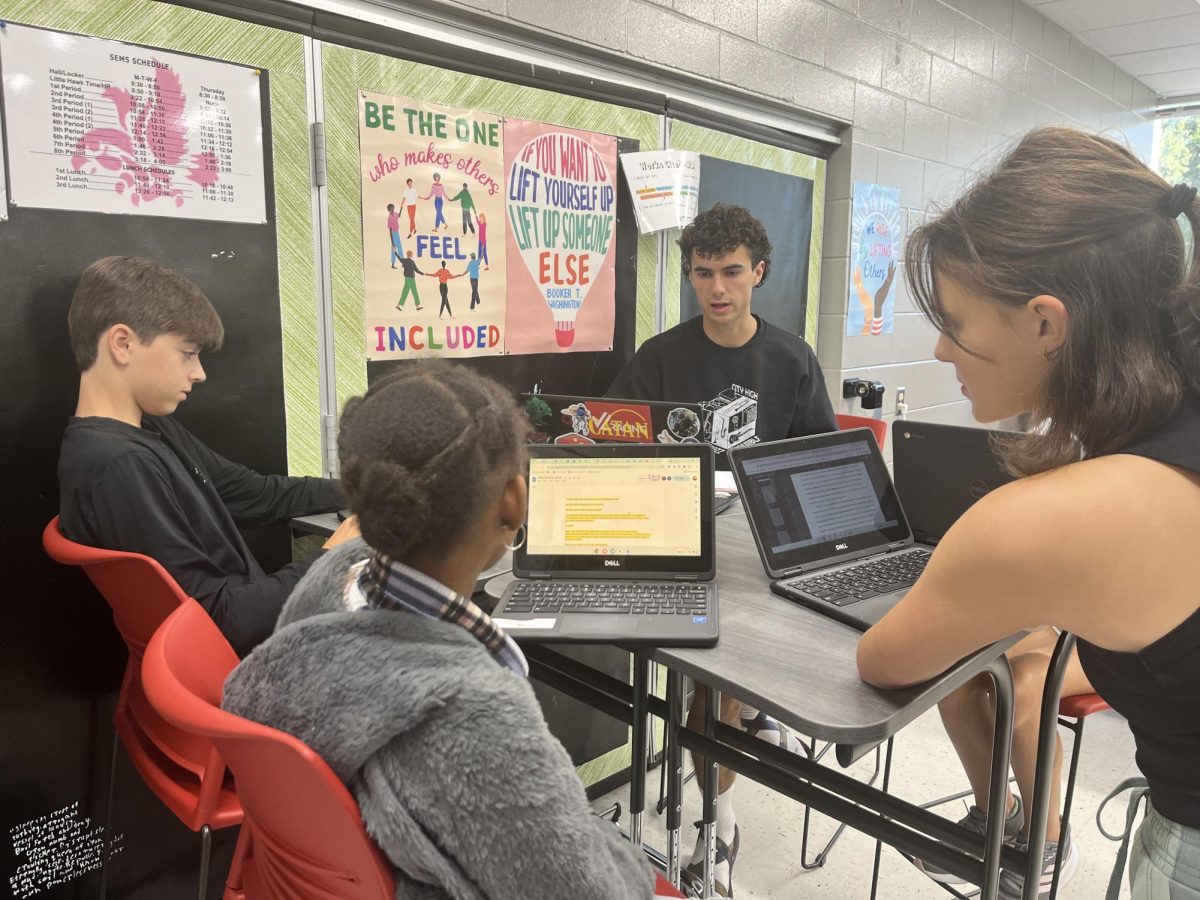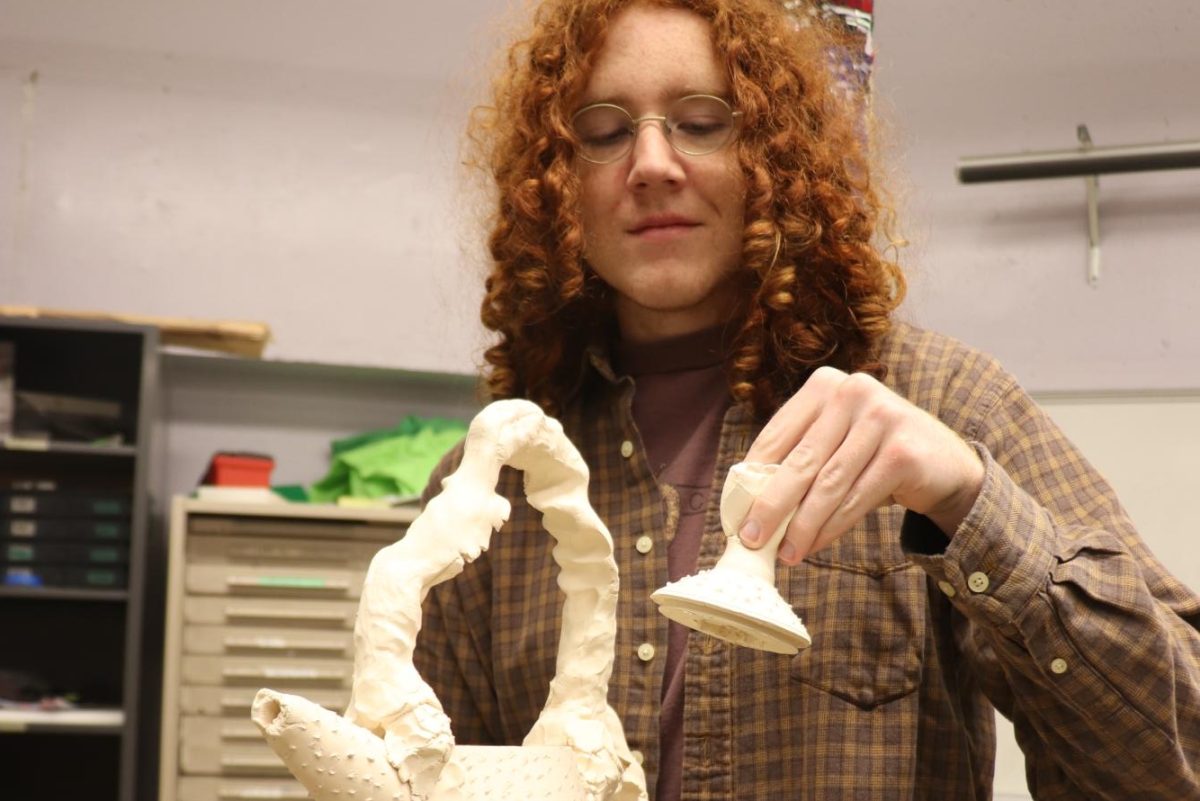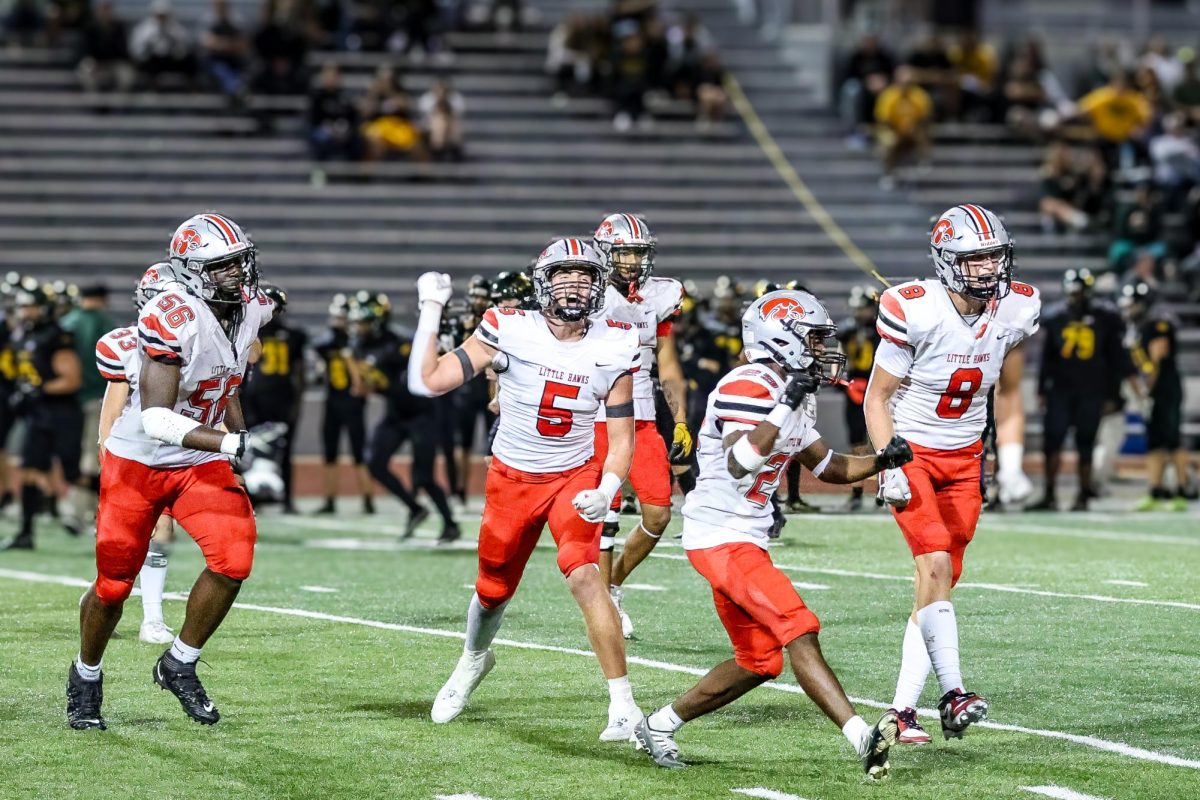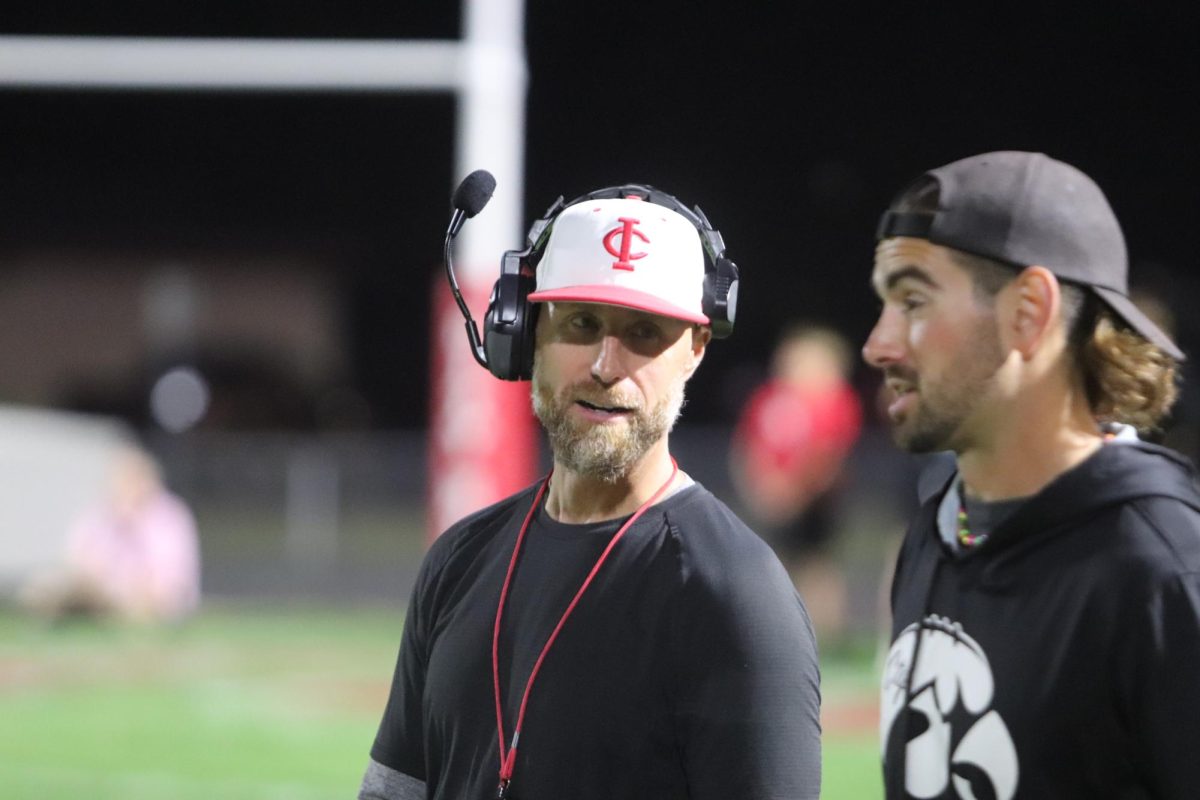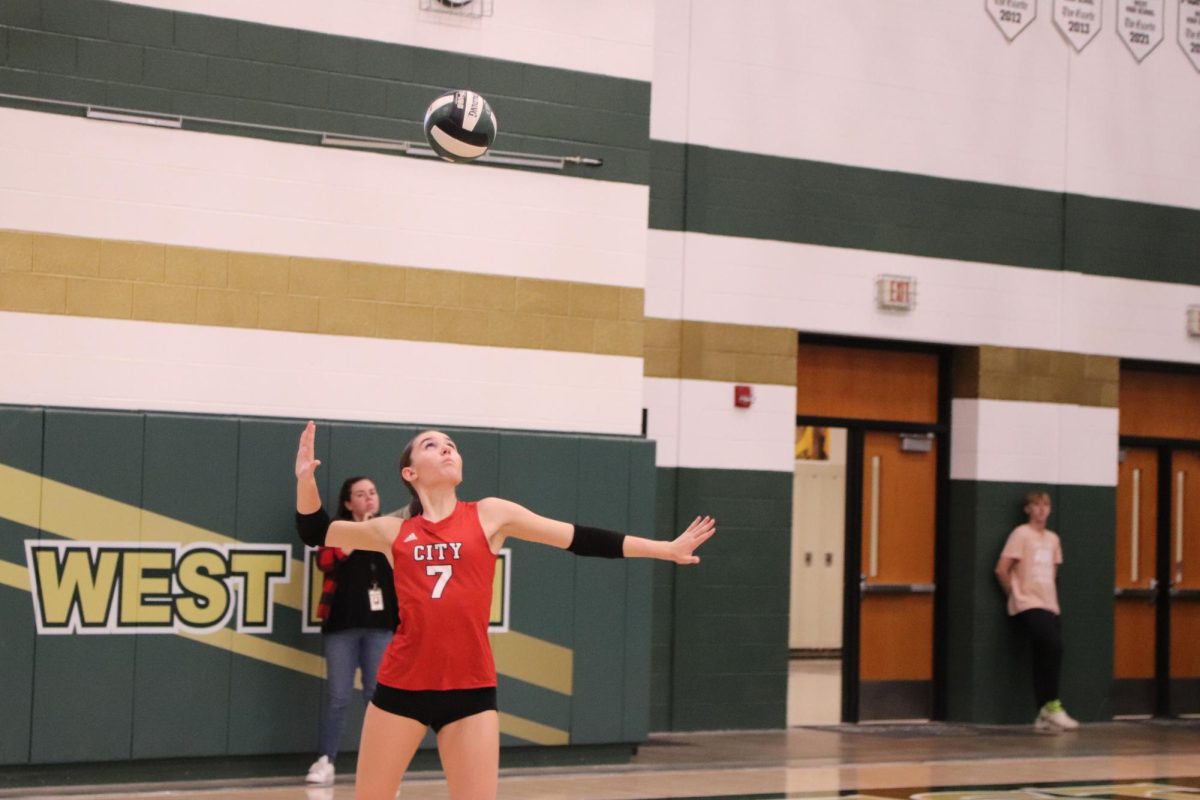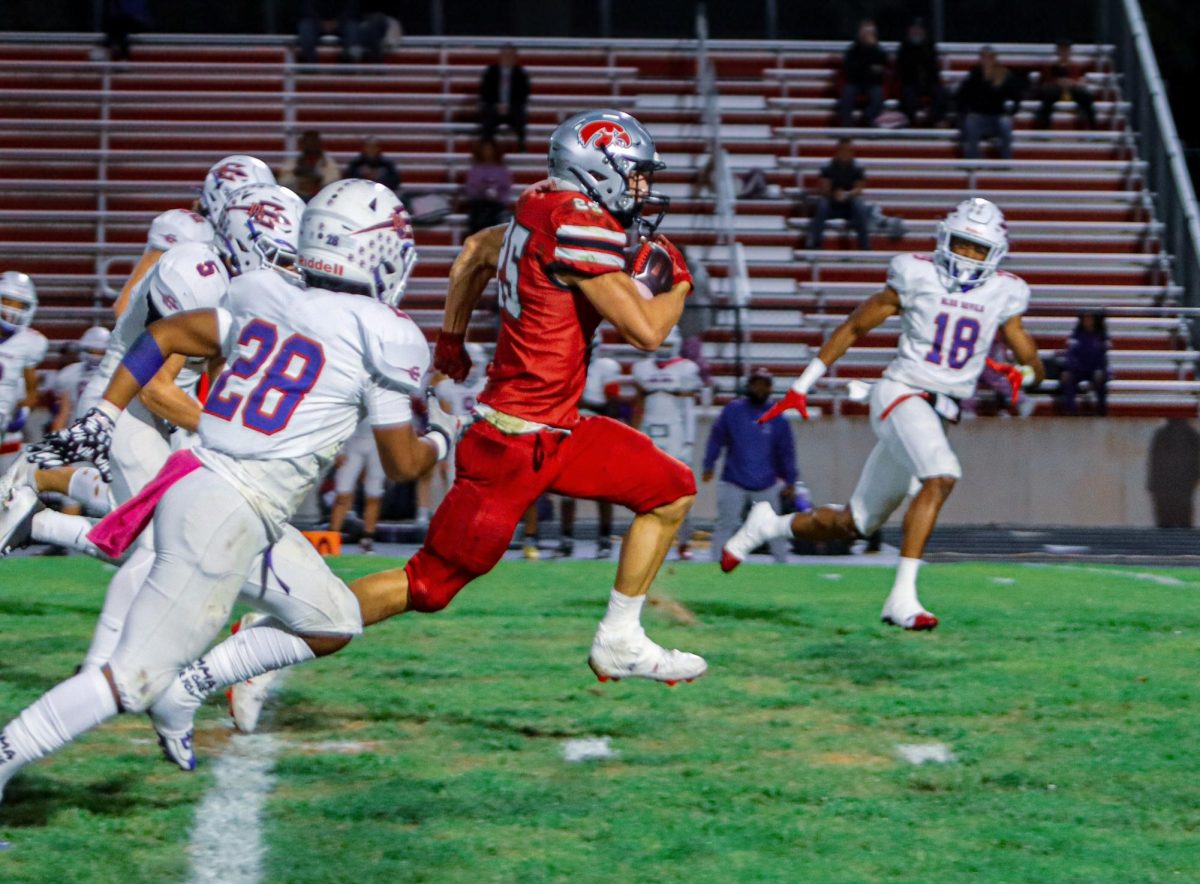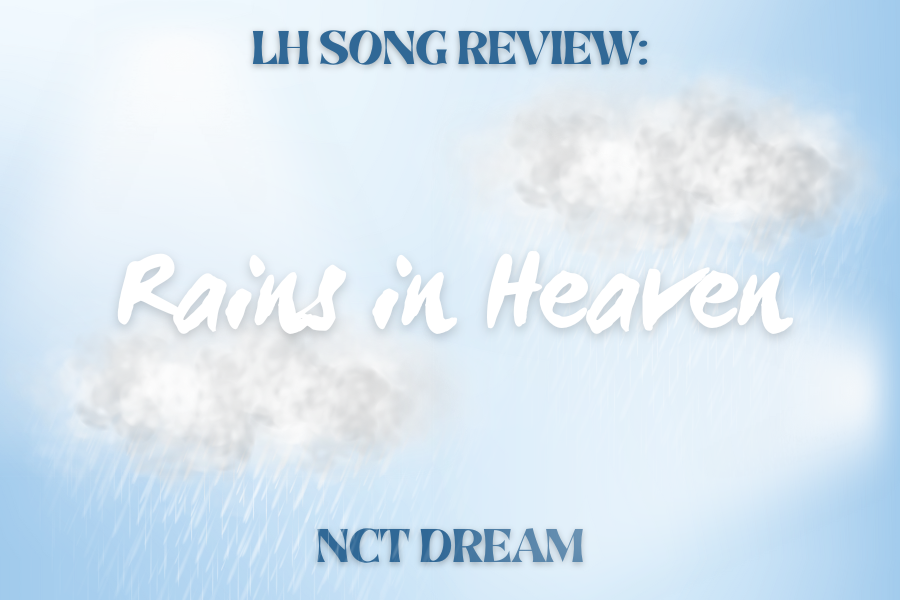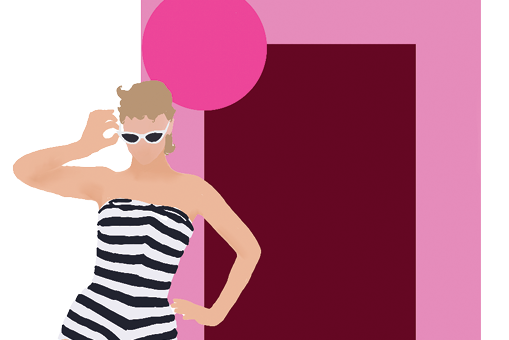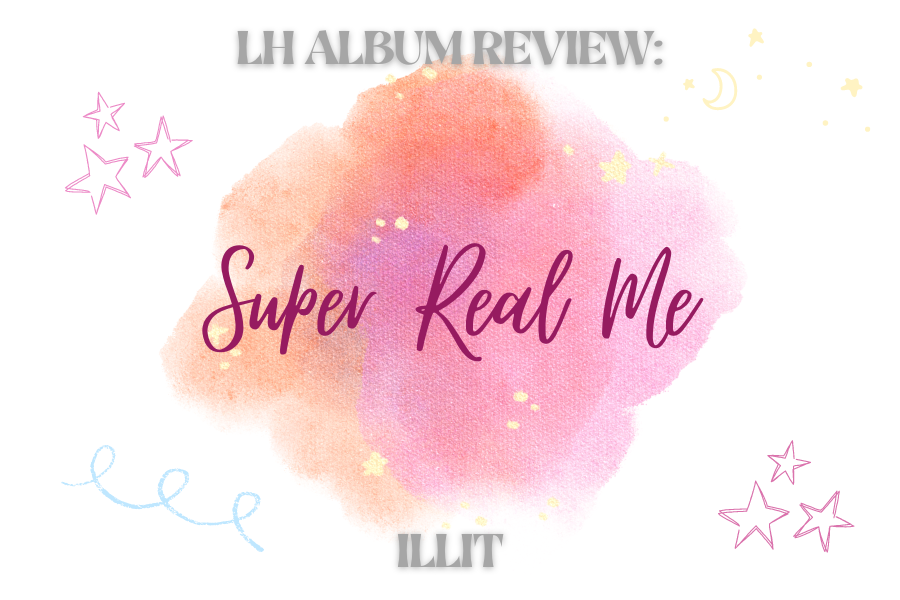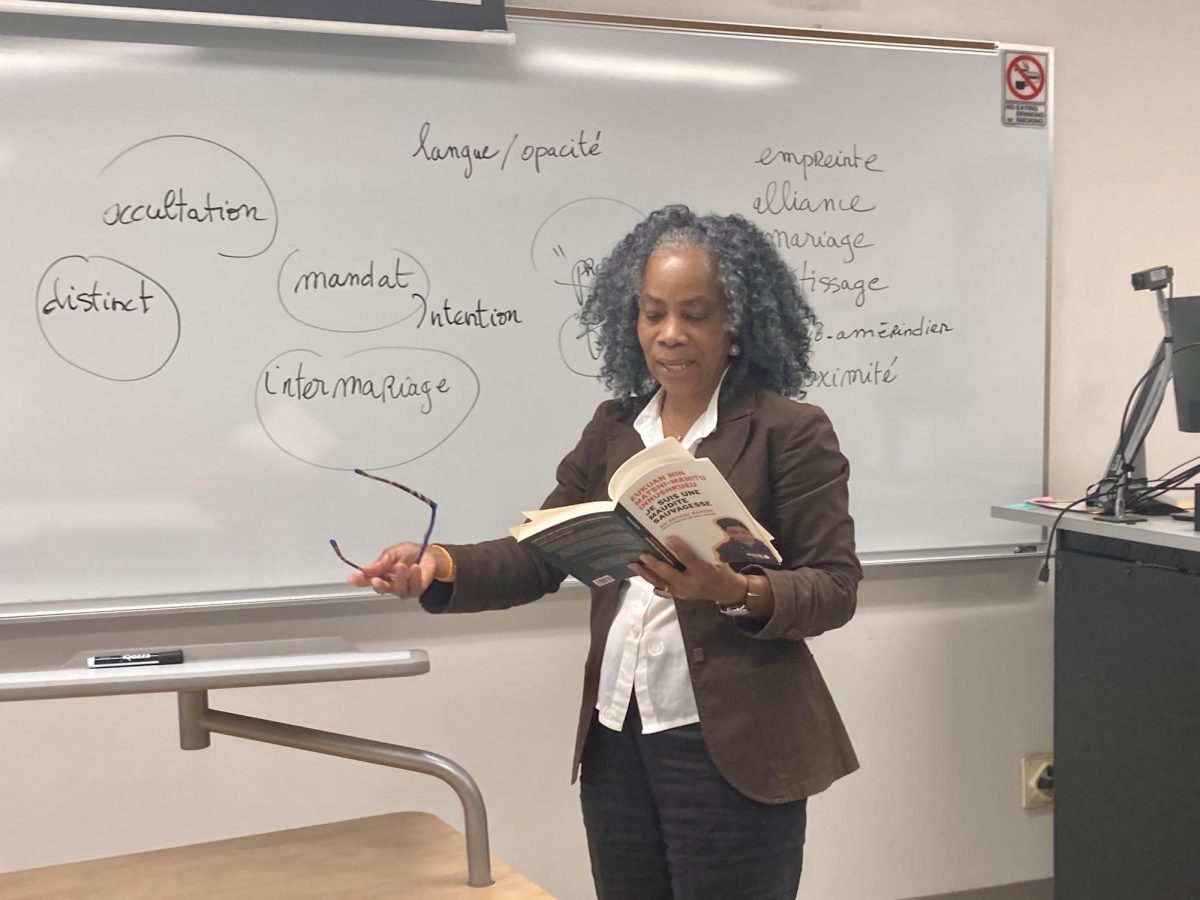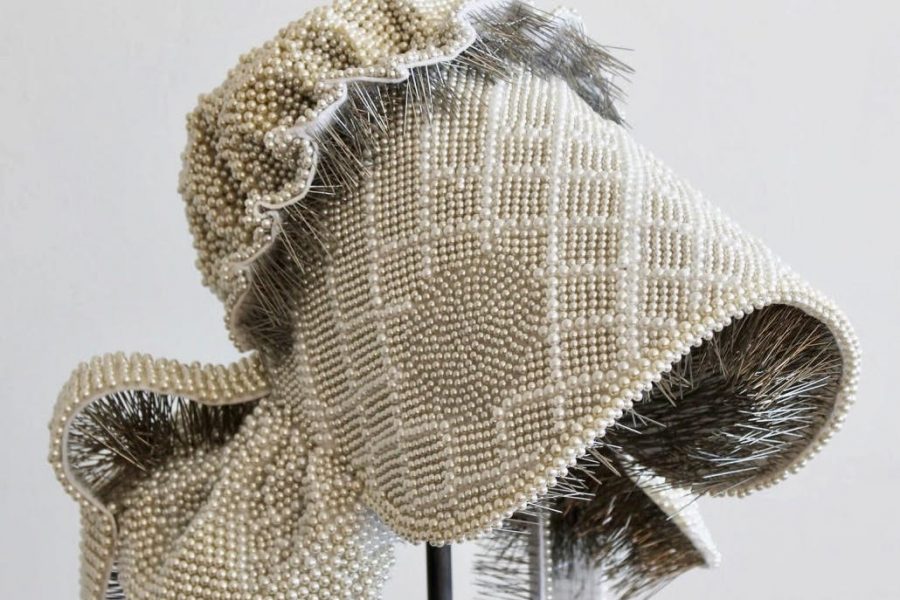Tropes that Last
January 10, 2020
Last weekend I drove to Des Moines to spend a day with my mom and grandpa and check out a new exhibit at the art museum at the Des Moines Art Center. The exhibit showcased art primarily about the American west and Native American cultures, and detailed tensions between Native Americans and white pioneers determined to push west under Manifest Destiny.
During lunch, we talked about our favorite art pieces (mine was the set of satirical book covers of “White Squaw” by artist Wendy Red Star), the many different mediums that were used (one exhibit by Angela Ellsworth was a 19th century bonnet stuck through with corset pins, like an Iron Maiden made of needles), and about the recurring motifs of the American west.
Naturally, I made a connection to a show I’ve been watching recently: The Mandalorian and its dusty backdrops, twitchy-finger shootouts, and treks through wilderness. Not only is the setting of the show reminiscent of the Old West, but the gritty main character is a classic gunslinger. The art exhibits reminded me of the differences between how men and women are depicted in Westerns in Hollywood.
When recalling the plot to my grandpa, I mentioned I thought that if the Mandalorian (the character) was a woman, the show would be vastly different.
A few days before the visit, I saw Knives Out with my brother and some friends. It’s an outstanding movie, but the previews before it were more than a little exasperating. First, we got a preview for Like a Boss, a movie that I already think is not going to be as good as it is making itself out to be, based off the trailer (it could still bounce back, I’m waiting on the Rotten Tomatoes reviews). The idea is dull and the entire plot is about women in the workplace cat-fighting, a toxic notion that shouldn’t continue to persist. When an entire movie is dedicated to female rivalries in the workplace, a detriment to women’s careers, to the point of one woman punching another in the face, it feels like it has gone too far. Directly after that disappointing trailer, the preview for 1917 was shown. The comments about it, as shown in the trailer, said things like “Masterful” and “Best picture of the year” while a put-together and substantial film was marketed.
The discrepancy between how those two movies were marketed was what I had in mind when I said I thought the tone would change significantly if the Mandalorian was a woman. Mando’s caring attitude toward The Child (Baby Yoda) would not come as a surprise or subvert any expectations of how he should act, because women are already seen as caretakers who are soft with children. The showmakers turned this expectation on its head with the soldier Cara Dune, I will admit, as she is not maternal in the least and doesn’t even want to hold The Child. But to have the relationship between The Child and Mando come as a surprise, Mando needed to be a man.
Plots like this, that rely on audience expectations, can be well or poorly-done, but they rely on the audience surprise factor all the same. It’s character development at its best and a tired cliché otherwise. I appreciate The Mandalorian for its subversion of this expectation, and doing it in a way that doesn’t throw it in the audience’s face.
Good art makes the audience think and sparks discussions. Tropes serve as a way of using audience expectations to weave a story, but may subvert expectations, much like seeing a familiar relic (a bonnet) become a beautiful yet deadly headpiece. One thing is for sure: storytelling persists in different forms, whether through an art exhibit of the American west or the trials of a space bounty hunter in a galaxy far, far away.

